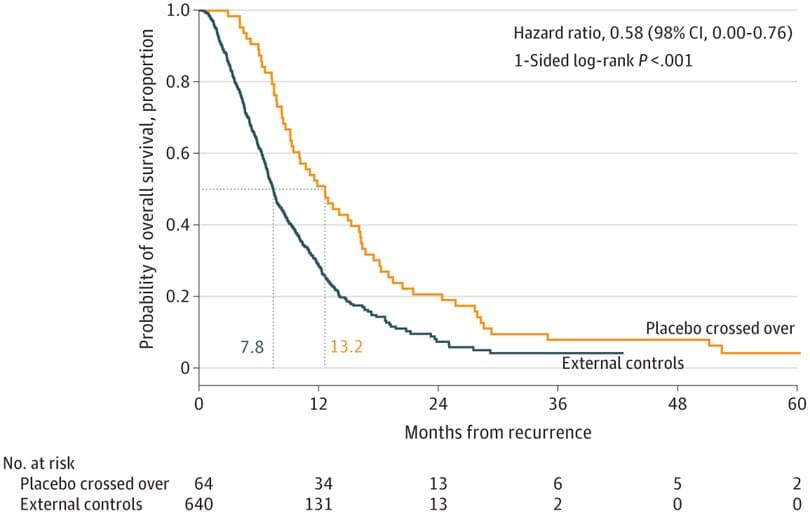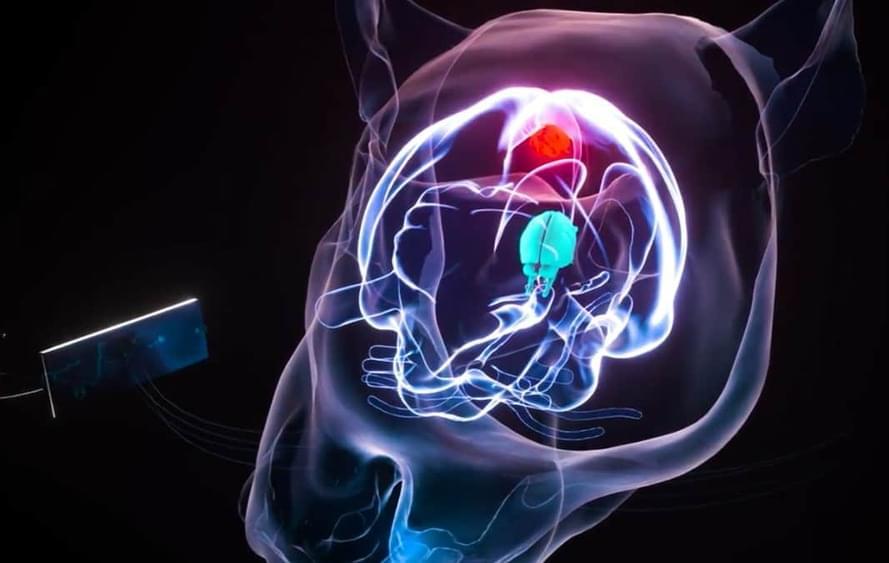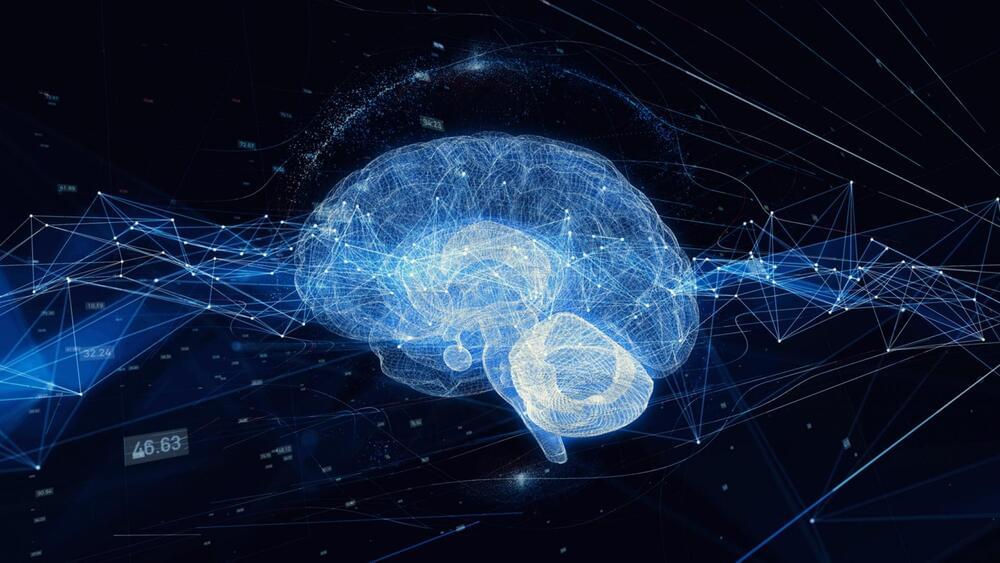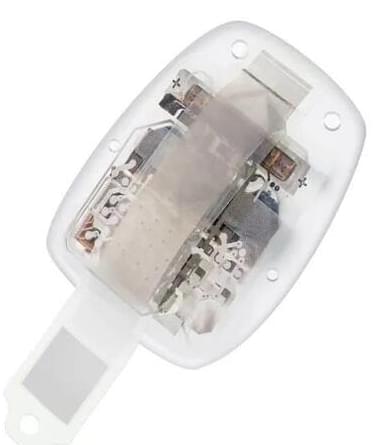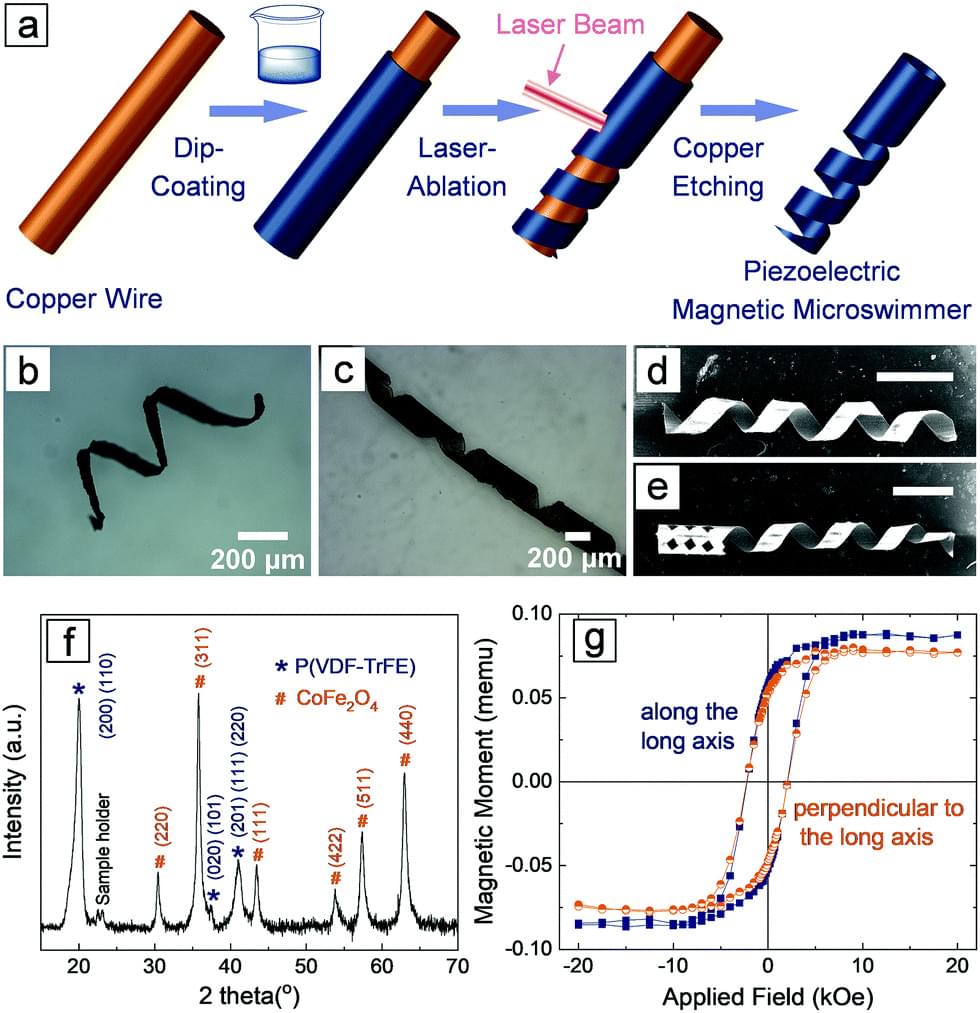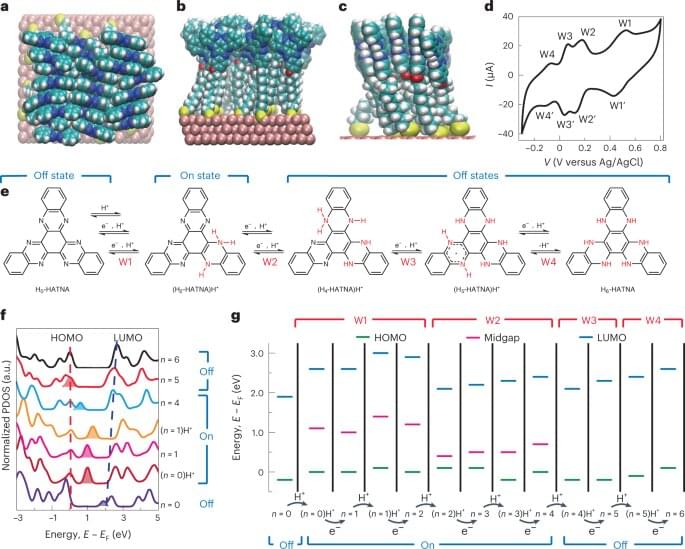A vaccine (DCVax-L), trialed at King’s College Hospital and other centers around the world, using patients’ immune cells to target brain cancer can extend survival by many months or, in some cases, years, the final unblinded results from a phase 3 clinical trial has shown. The final results were published on Thursday, November 17 in JAMA Oncology.
This is the first time in 17 years that such significant outcomes have been achieved in a phase 3 trial for a systemic treatment in newly diagnosed glioblastoma, and the first time in 27 years that any treatment has been shown to extend survival in recurrent glioblastoma.
The vaccine is created for each patient individually by isolating specific immune cells, known as dendritic cells, from their blood. These cells are then primed with biomarkers from a sample of the patient’s tumor. When the vaccine containing the cells is injected back into the patient, it shares that information so that the body’s entire immune system recognizes and attacks the target.
